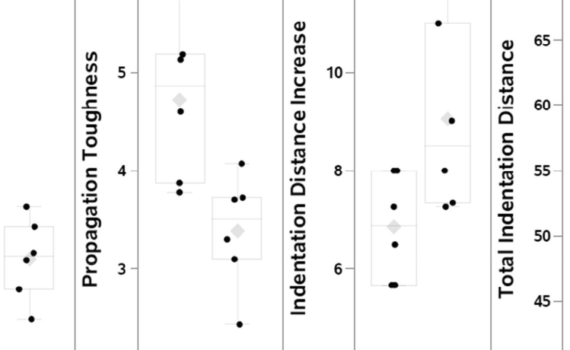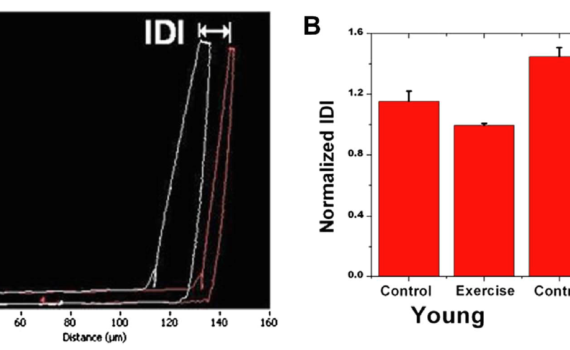Abstract Loading increases bone mass and strength in a site-specific manner; however, possible effects of loading on bone matrix composition have not been evaluated. Site-specific structural and material properties of mouse bone were analyzed on the macro- and micro/molecular scale in the presence and absence of axial loading. The response […]
mouse
Abstract Fractures, particularly at the lower extremities and hip, are a complication of diabetes. In both type 1 (T1D) and type 2 diabetes (T2D), fracture risk is disproportionately worse than that predicted from the measurement of bone mineral density. Although an explanation for this discrepancy is the presence of organic […]
Abstract The degradation of the main fibrillar collagens, collagens I and II, is a crucial process for skeletal development. The most abundant dipeptides generated from the catabolism of collagens contain proline and hydroxyproline. In humans, prolidase is the only enzyme able to hydrolyze dipeptides containing these amino acids at their […]
Abstract In the present study, the possibility that a diabetic (DM) status might worsen age-related bone deterioration was explored in mice. Male CD-1 mice aged 2 (young control group) or 16 months, nondiabetic or made diabetic by streptozotocin injections, were used. DM induced a decrease in bone volume, trabecular number, […]
Abstract Type 2 diabetes mellitus (T2DM) represents a complex clinical scenario of altered energy metabolism and increased fracture incidence. The C57BL/6 mouse model of diet-induced obesity has been used to study the mechanisms by which altered glucose homeostasis affects bone mass and quality, but genetic variations in substrains of C57BL/6 […]
Abstract Here we describe modifications that allow the bone diagnostic instrument (BDI) [P. Hansma et al., Rev. Sci. Instrum. 79, 064303 (2008); Rev. Sci. Instrum. 77, 075105 (2006)], developed to test human bone, to test the femora of mice. These modifications include reducing the effective weight of the instrument on […]



